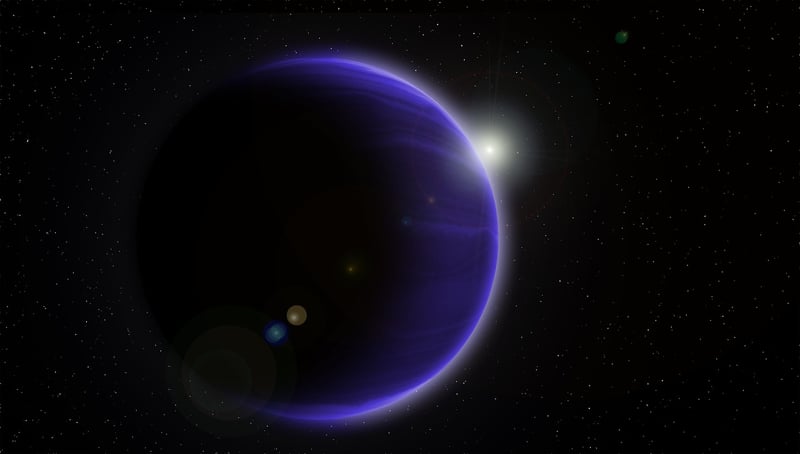Habitable Zones
The Search for Life Beyond Earth: Exploring Habitable Zones
As humans continue to gaze at the stars, one of the most intriguing questions that captivates our imagination is whether life exists beyond Earth. Scientists are actively searching for habitable environments in space, known as habitable zones, where conditions could be right for life to thrive.
What are Habitable Zones?
Habitable zones, also called Goldilocks zones, refer to regions around a star where the conditions are just right to support liquid water on the surface of a planet. Liquid water is considered a key ingredient for life as we know it. These zones are neither too hot nor too cold, making them potential hotspots for hosting life forms.
Planets within habitable zones have the potential to maintain a stable atmosphere and sustain water in liquid form, both crucial factors for the existence of life. While Earth resides comfortably in the habitable zone of our Sun, astronomers are actively searching for exoplanets in similar zones around other stars.
Types of Habitable Zones:
- Primary Habitable Zone: This zone is the region around a star where an Earth-like planet could maintain liquid water on its surface.
- Secondary Habitable Zone: A zone where moons of giant planets or planets with thick atmospheres could support life.
- Tidal Locking Zone: Planets in this zone have one side always facing the star, potentially creating habitable conditions along the terminator line.
Challenges in the Search for Life:
While the concept of habitable zones guides our search for life beyond Earth, it's essential to recognize that life could exist in environments we haven't yet considered. Extremophiles on Earth have shown that life can thrive in harsh conditions, expanding our definition of habitability.
Additionally, factors like a planet's atmosphere, magnetic field, and geological activity play crucial roles in sustaining life. Scientists use advanced telescopes and space probes to study exoplanets and their atmospheres, searching for biosignatures that indicate the presence of life.
Exciting Discoveries:
Recent discoveries of exoplanets within habitable zones have fueled excitement in the scientific community. Proxima Centauri b, TRAPPIST-1e, and Kepler-186f are among the intriguing candidates that might harbor life beyond our solar system.
As technology advances, our ability to detect and study exoplanets improves, bringing us closer to answering the age-old question: Are we alone in the universe?

Exploring habitable zones and searching for life beyond Earth is a captivating journey that inspires us to push the boundaries of our knowledge and understanding of the cosmos.
Join us in the quest to unravel the mysteries of the universe and discover what lies beyond the confines of our home planet.
